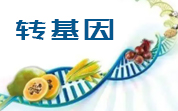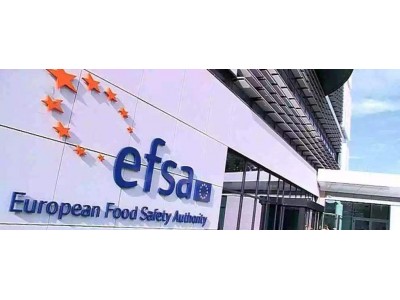銆€銆€椋熷搧浼欎即缃戣 鎹編鍥�椋熷搧瀹夊叏鏂伴椈缃戞秷鎭紝杩戞湡缇庡浗鍐滀笟閮�鍔犲己浜�杩涘彛椴堕奔鐨勭鍒讹紝浠呭湪浜旀湀浠藉氨鏈�3鎵规闂椴堕奔琚�鎷掔粷杩涘彛锛屽叾涓垜鍥戒竴瀹朵紒涓氬洜鎷掔粷鎺ュ彈妫€鏌�琚€氭姤銆�

銆€銆€鎹姤閬擄紝鍥犳湭鎺ュ彈绂佺敤鍏借嵂妫€鏌ワ紝6鏈�20鏃ョ編鍥藉彫鍥�2.6涓囩瓒婂崡浜ч捕楸笺€�2016骞村勾鍒濓紝缇庡浗杩涘彛椴堕奔鐩戠宸ヤ綔姝e紡鐢遍鍝佽嵂鍝佺鐞嗗眬锛團DA锛夌Щ浜ら鍝佸畨鍏ㄦ瀵熺讲锛團SIS锛夈€傛姤閬撹涓猴紝鐜版湁1-2%杩涘彛椴堕奔鏌ラ獙鏀捐妯″紡鏈夊緟瀹屽杽銆�
銆€銆€閮ㄥ垎鍘熸枃鎶ラ亾濡備笅锛�
銆€銆€The U.S. border has suddenly become meaningful to importers of Siluriformes, including foreign catfish.
銆€銆€It's all happened during the past four months since the U.S. Department of Agriculture's catfish inspection program began. And it's occurred while Congress is still considering ending the USDA program of continuous inspection.
銆€銆€In the latest development, U.S. Cato Holdings Inc., on Monday recalled 26,000 pounds of Sea Queen brand Swai fillets from Vietnam because they had not been inspected for residues. POLITICO.com reported the large recall was “gift-wrapped” for those who favor the USDA retaining “continuous inspection” duties rather than returning the responsibility to the U.S. Food and Drug Administration 锛團DA锛夈€�
銆€銆€Like other seafood imports, only 1 percent to 2 percent of foreign catfish was subjected to inspection when the duty fell under FDA's risk-based system.
銆€銆€鍘熸枃閾炬帴锛�
銆€銆€http://www.foodsafetynews.com/2016/06/foreign-catfish-discover-the-u-s-really-does-have-borders/#.V2tCjGtJmpo <http://www.foodsafetynews.com/2016/06/foreign-catfish-discover-the-u-s-really-does-have-borders/>











 鍦板尯锛�
鍦板尯锛�






 椴佸叕缃戝畨澶� 37060202000128鍙�
椴佸叕缃戝畨澶� 37060202000128鍙�



